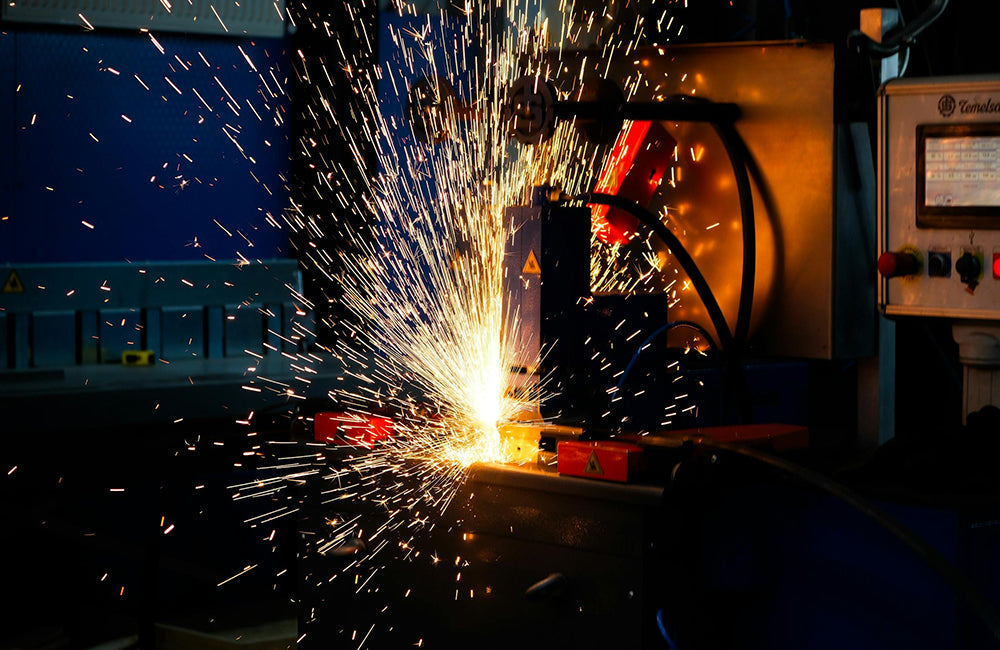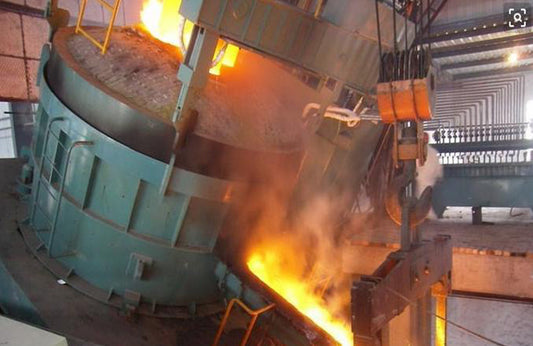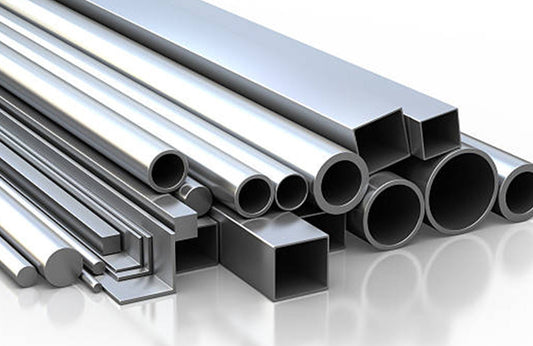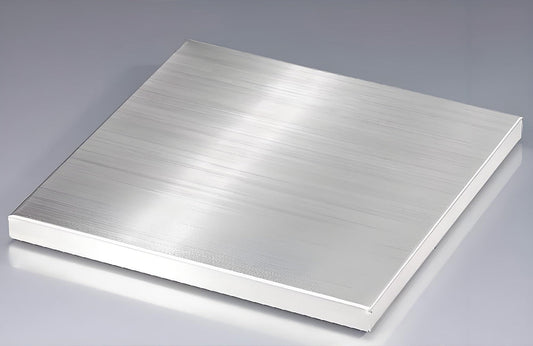
How to produce stainless steel plate?
**1. Raw Material Selection:**
The production of stainless steel plates begins with the selection of raw materials. Stainless steel is primarily composed of iron and carbon, but the addition of chromium (at least 10.5%) is what gives it its characteristic corrosion resistance. Other alloying elements such as nickel, molybdenum, and manganese may be added to achieve desired properties.
**2. Melting and Casting:**
The selected raw materials are melted together in an electric arc furnace (EAF). The molten steel is then cast into slabs using either a continuous casting process or ingot casting. Continuous casting is more common as it improves efficiency and consistency.
**3. Hot Rolling:**
The cast slabs are reheated and passed through a series of rollers in a hot rolling mill. This process reduces the thickness of the steel and forms it into a rough plate shape. The hot rolling process also helps to homogenize the material's structure and improve its mechanical properties.
**4. Annealing:**
After hot rolling, the plates undergo an annealing process where they are heated to a specific temperature and then slowly cooled. This process relieves internal stresses, enhances ductility, and refines the grain structure, improving overall mechanical properties.
**5. Pickling:**
The annealed plates are subjected to pickling, where they are treated with an acid solution to remove scale and oxides from the surface. This step is essential for achieving a clean, corrosion-resistant surface.
**6. Cold Rolling (Optional):**
For applications requiring tighter tolerances and a smoother finish, the plates may undergo cold rolling. This involves passing the hot-rolled and annealed plates through cold rollers to achieve the desired thickness and surface finish.
**7. Finishing:**
The final step involves cutting the plates to the required dimensions and applying surface finishes. Common finishes include brushed, polished, and mirror-like surfaces, depending on the intended application.
Common Grades of Stainless Steel Plates
1. **304 Stainless Steel:**
- **Chemical Composition:** 18-20% Chromium, 8-10.5% Nickel, ≤2% Manganese, ≤0.08% Carbon, ≤1% Silicon, ≤0.045% Phosphorus, ≤0.03% Sulfur.
- **Characteristics:** Excellent corrosion resistance, good formability, and weldability.
- **Applications:** Kitchen equipment, chemical containers, architectural panels, and food processing equipment.
2. **316 Stainless Steel:**
- **Chemical Composition:** 16-18% Chromium, 10-14% Nickel, 2-3% Molybdenum, ≤2% Manganese, ≤0.08% Carbon, ≤1% Silicon, ≤0.045% Phosphorus, ≤0.03% Sulfur.
- **Characteristics:** Superior corrosion resistance, particularly against chlorides and other industrial solvents.
- **Applications:** Marine environments, chemical processing, medical devices, and pharmaceutical equipment.
3. **430 Stainless Steel:**
- **Chemical Composition:** 16-18% Chromium, ≤1% Manganese, ≤0.12% Carbon, ≤1% Silicon, ≤0.04% Phosphorus, ≤0.03% Sulfur.
- **Characteristics:** Good corrosion resistance, formability, and lower cost.
- **Applications:** Automotive trim, kitchen utensils, and appliances.
Applications of Stainless Steel Plates
1. **Construction and Architecture:**
Stainless steel plates are used for cladding, roofing, and structural applications due to their aesthetic appeal, durability, and resistance to environmental conditions.
2. **Automotive and Transportation:**
Used in the manufacturing of exhaust systems, trim, and structural components, stainless steel plates offer high strength and corrosion resistance, enhancing the longevity and performance of vehicles.
3. **Chemical and Petrochemical Industry:**
Stainless steel plates are essential in the construction of tanks, piping, and reactors due to their ability to withstand harsh chemical environments and high temperatures.
4. **Food and Beverage Industry:**
The sanitary properties and ease of cleaning make stainless steel plates ideal for food processing equipment, storage tanks, and kitchen appliances.
5. **Medical and Pharmaceutical:**
Due to their biocompatibility and resistance to corrosion, stainless steel plates are used in surgical instruments, implants, and pharmaceutical equipment.
Conclusion
Different grades of stainless steel plate have different applications and characteristics, understanding stainless steel plate can help us better application, if you have any questions, welcome to contact us for solutions.



